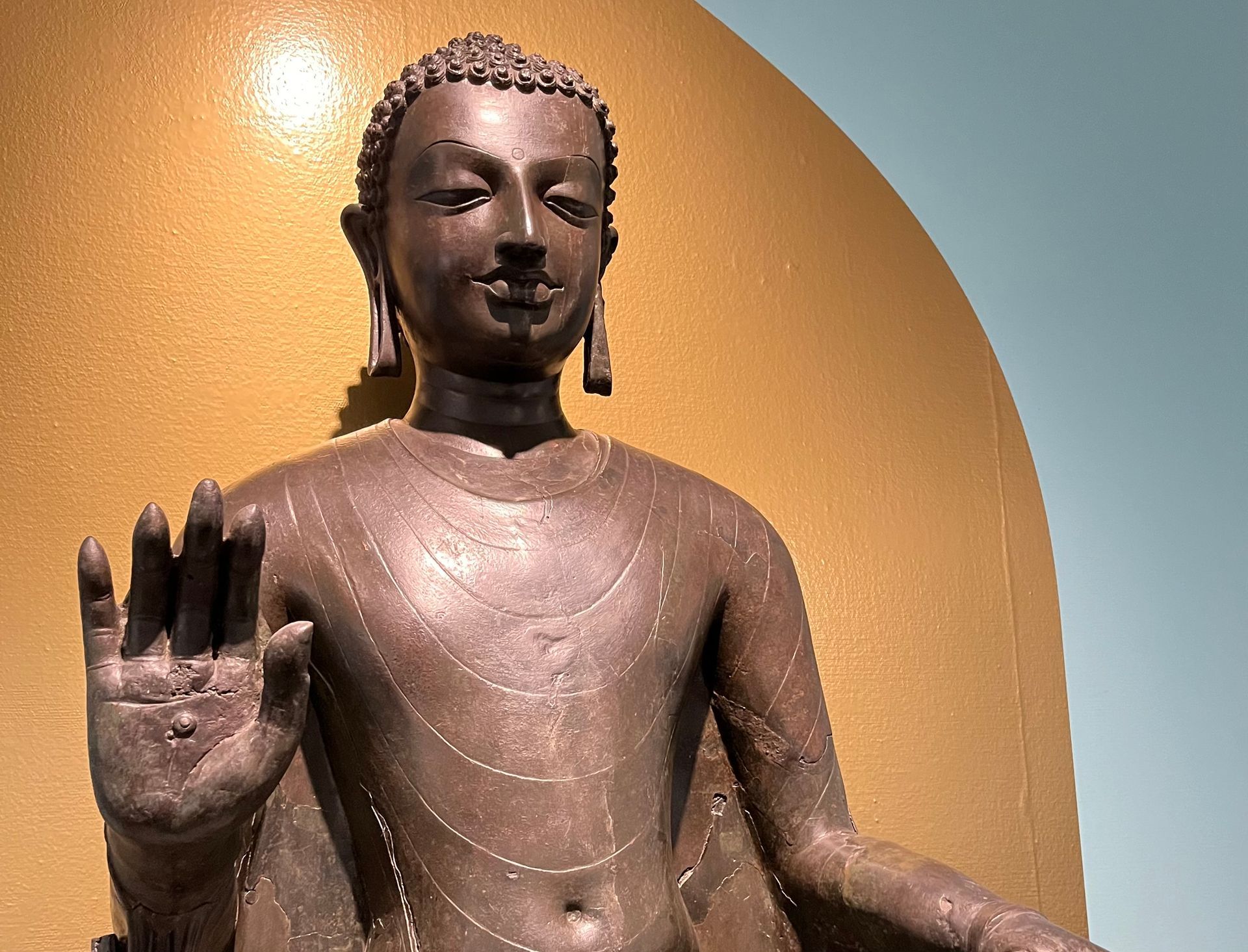Cultural Restitution
SHARE ARTICLE
The British Museum regularly holds exhibitions of illegally trafficked artefacts before returning them to their country of origin. But this kind of temporary exhibition has only been possible under French law since 2016 - and then only with the express agreement of a judge.
In a move designed to raise public awareness of the damage inflicted by looting on a nation’s cultural heritage, the Louvre in Paris has become the first museum in France to showcase sculptures and reliefs, seized in France after being illegally trafficked out of Libya and Syria. All await the completion of legal investigations, after which they’ll be returned to their country of origin.
Cyrene in eastern Libya is one of North Africa’s archaeological jewels, the region’s largest ancient city founded in 631 BC. But since the 1980s it has suffered from a poisonous combination of events: instability due to the Arab Spring, widespread land grabbing, which has led to an uncontrolled construction free-for-all, an influx of refugees, plus an upsurge in looting among the thousands of ancient tombs scattered for miles around the ancient city. Professional criminal networks and all manner of other thieves have swept through the necropolises of Cyrenaica to steal valuable funerary sculptures for the lucrative western market.
The four half-statues of funerary deities in the Louvre exhibition, female figures that each represent a goddess of the dead, are all typical of the statues archaeologists have discovered in the masonry and rock tombs within this region. Their identification made it easier for French authorities to seize them and prepare for their repatriation to Libya.
While some have drawn attention to the Louvre’s role as a 'violent graveyard' of colonial-era cultural trophies, one of the exhibition’s co-curators, Ludovic Laugier, believes it’s better for these objects to be exhibited temporarily at the Louvre instead of being locked away in a police station or court vault.
Two of the stone reliefs also on display in the exhibition are carved with a Byzantine style of decoration and are likely to have been looted from Palmyra in Syria.



